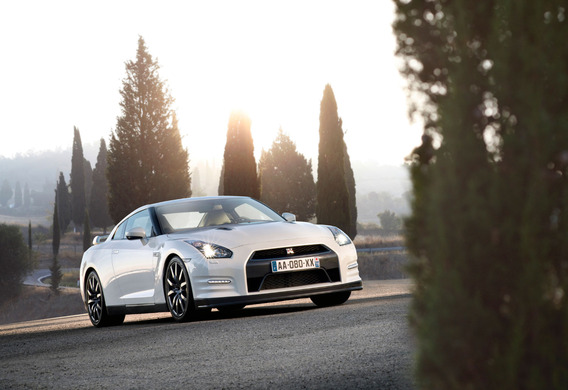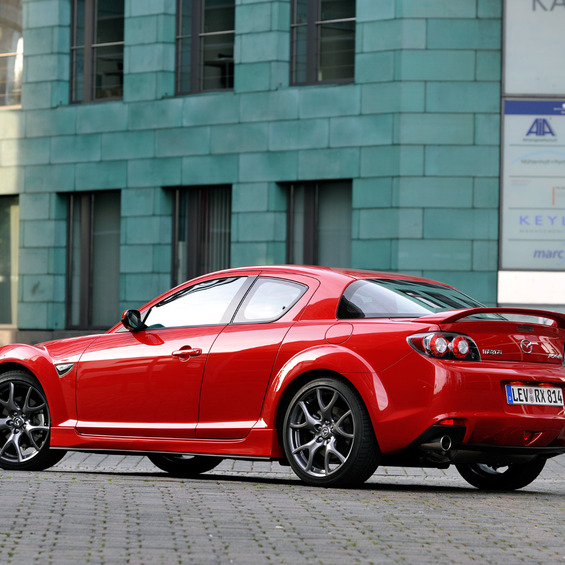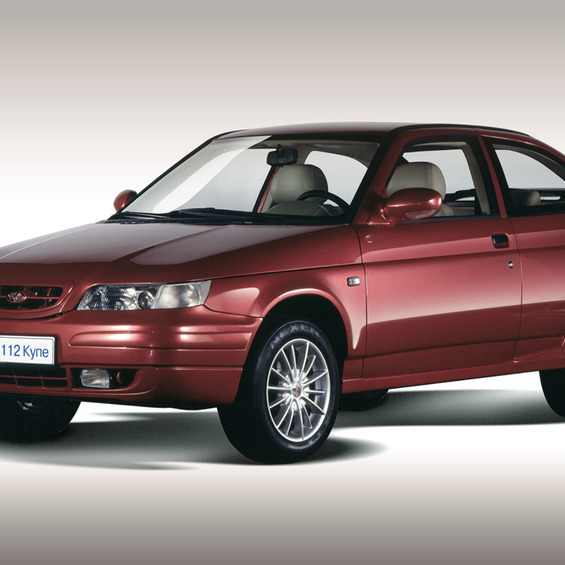
The two-door coupe, which appeared in an era of equestrian carriage, became a symbol of freedom and independence in modern automotive marketing. True, the efforts of marketers led to the fact that at the beginning of the 21st century no one can say exactly what a compartment is.
History of the bodywork compartment
The name "coupe" is French, it was born in the age of horse carriages. The coop is the original designation of a two-seat coach. At the beginning of the 20th century, French atheists, whose mastery of the carriage were indisputable, often received orders for the creation of bodies for automobiles, so the term shifted to the automotive industry in a natural way. Since the first vehicles of the rear floor were not in the body (as was not the case, and as such was the baggage compartment, the role of which was played by the cofre at the rear of the body), the coupe started to refer to the two-door cars with a rigid roof, regardless of the number of seats, they could be doubles or four-local.
In the further development of cars with the type of bodywork, there is the most incredible confusion, and we owe it to American manufacturers and then to marketers who have worked and worked with automotive concerns all over the world.
Attempts to clean up the classification have been made in the next 20 years-obviously, there was a mix-up. In the twenty years, the International Community of Automobile Manufacturers recommended the following classification: coupelet: a small two-or three-seat car with folding top and doors at full height, with glass windows; coupe-an open two-or three-seat car (permissible installation of the second row of seats for passengers); converble coupe with removable roof.
Already in the 60s, the term "coupe" was already firmly established behind a body with a non-removable roof, usually a double doorway
However, in the 1960s, the term coupe was already firmly established behind a body with a non-removable roof, usually a double door, although from time to time manufacturers offered models with different numbers of doors. In addition to the hardtopov (the most common type at the time) and the sedans, coupe-hatchacks also appeared. This type of bodywork was the most popular in the United States, where the number of species (currently nonexistent) has reached its maximum.

A good example of this is the invention of business coupe-a car with a traditional two-door coupler, the back seat of which was easily removed in order to increase the useful loading area. This type of body has arisen because of the prevalence in America of moving from the city to the city of merchants or commumigers who were selling "wheels" in different goods.
A number of companies have used the word "coupe" in the names of models, to the present coupe not having a relationship. We also owe this modem to the Americans-during the peak of the popularity of the hardtop with vinyl roof, US automakers often wrote on board the "buy" exclusively to attract customers, although the car could have had four doors.
In our time of confusion, the "subspecies" of the bodywork are even more
Often the word "coupe" (which, by the way, Americans, unlike the rest of the world, are pronounced "coupe") appeared even in the name of the machine: to take at least the Cadillac Coupe De Ville-a two-door hardtop, the relationship to the compartment.
Current understanding of the bodywork compartment and its technical features
There is even more confusion in the "subspecies" of the bodywork. Moreover, this confusion is also "legitimizen" in the classification of cars by the type of body of different continents. For example, according to the SAE standard adopted in the USA, the type of bodywork is determined solely by the volume of the rear passenger compartment. If it does not exceed 0.93 cubic metres, the vehicle may be considered to be a compartment, regardless of the number of doors and the structure of the body.

In the European classification, the cars are reserved in a separate market segment-S-because the term coupe often uses two-door sedans, three-door hatchbacks and so on, so it can be said that in the modern concept, coupe is any car with three or two doors.
However, even in this confusion of concepts, a number of sub-types can be distinguished, using the number of similar models as a starting point:
- sports compartment (Nissan GT-R);
- A representative compartment (Mercedes-Benz CLS);
- 2 + 2 coupe (Mazda RX-8, Honda Element, and so on-cars with "incomplete" back doors that facilitate access to the rear seats);
- sport utility coupe (Land Rover Defender is a U-accepted term for a three-door SUV with a shortened database).
As new, previously unknown body modifications appear, they are often also considered to be coupe
As new, previously unknown body modifications appear, they are often also considered to be coupe, as there is no clear place for them in the classification. A good example of such a car is BMW X6-SUV, which according to the shape of the roof should be taken to the body "Pistback", but the company prefers to call the sport activity coupe, and an example of this kind of "marketing moves" is far from single.

Couases of the USSR and Russia
During the Soviet period, cars with a limited series of folding top automobiles were produced in almost any model. They were meant for the southern regions. However, most of them refer to the bodywork bodywork or Phaeton. The case here is that in Soviet times the car was a luxury, which the vast majority of the owners could only buy once in their lives, so it should have served "forever" and in all possible situations.
Naturally, cars with three doors cannot be considered universal, so rare modifications, usually made in several instances, were intended mainly for the needs of factory sports teams, and the admission of them to free sale was not considered appropriate. For example, in the Izhevsk factory, several "Moskwice-407" were made on the basis of the four door bodies.
However, the "three-door" existed during the Soviet period. However, neither ZAZ 968 nor 969 nor VAZ-2108 are coupes, as the first is a two-door sedan and the second is a three-door hatchback.
At a later time, when the needs have changed, Russian car plants have attempted to produce serial production modifications on the basis of serial models. This was mainly done by AvtoVAZ. For example, in the second half of the past decade, Lada 112 Coupe was manufactured in Lada 112. The model was worn by the VAZ-21123 index and, according to the manufacturer, was a three-door compartment. In the future, after the 2110 family was withdrawn from production, the plant continued producing a three-door-hatchback within a new family called LADA Priora Coupe.

However, the question of whether the above models should be treated as a bodywork type remains open, since in fact they are no different from, say, a three-door Volkswagen Golf, which is not considered to be coupe.







